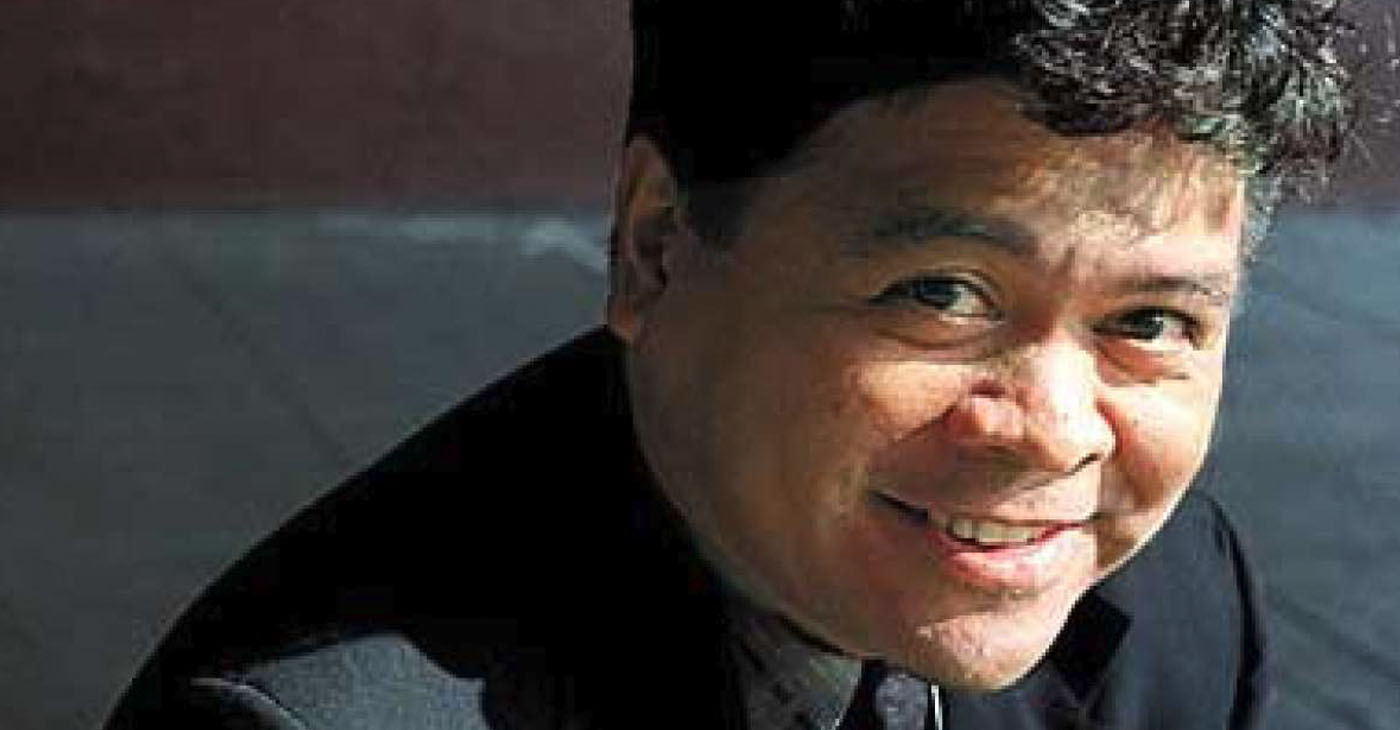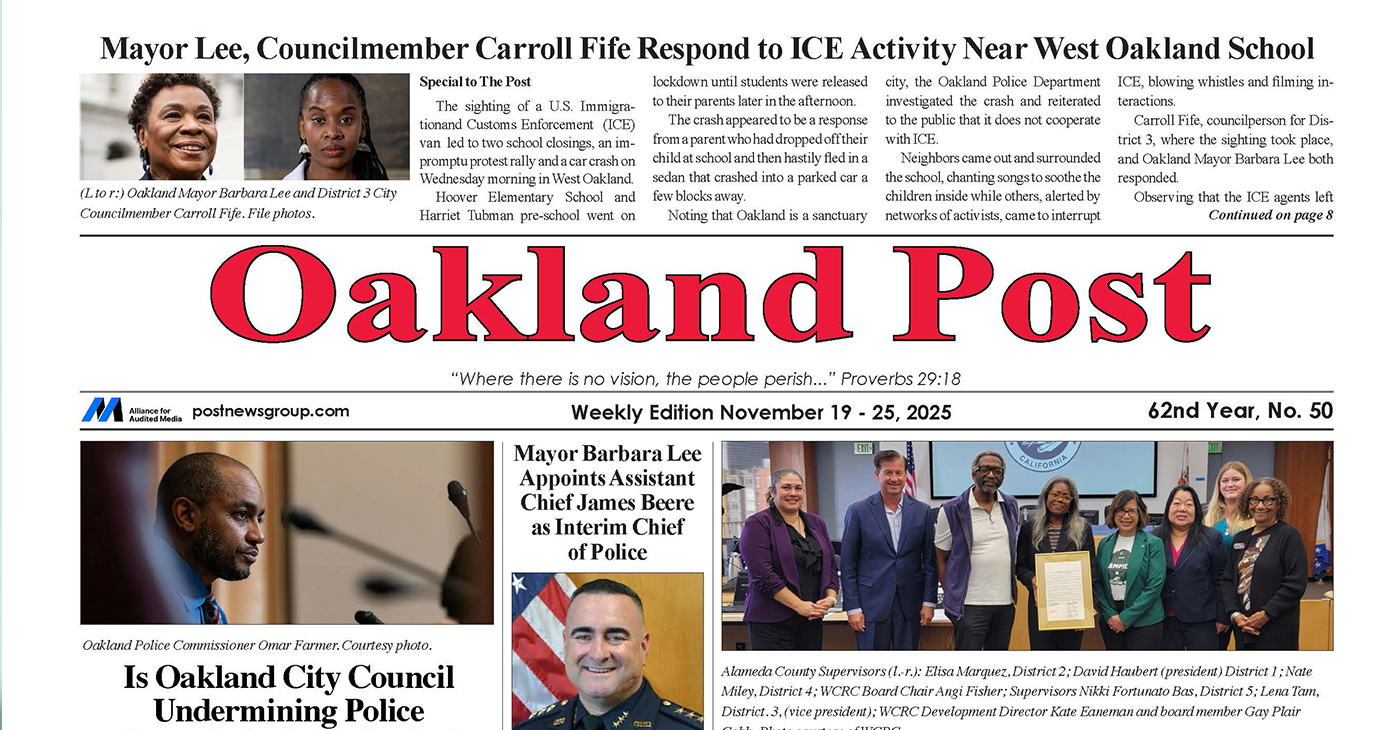Bay Area
IN MEMORIAM: Honoring Henry Fuhrmann, Self-described “Hyphen Killer.”
Henry Fuhrmann was an Asian American son of a German Danish Navy corpsman and a Japanese mother, born on a U.S. hospital ship in Japan. He probably saw hyphens all his life and knew why they should be eliminated.

By Emil Guillermo
Are you African American? Or African-American?
Filipino American? Or a Filipino-American?
Asian American? Or Asian-American?
What’s the difference?
That line between words. You either like it, or you despise it. Henry Fuhrmann despised it.
It might as well have been a royal scepter.
This week, when most of the world was still thinking about Queen Elizabeth II, I was thinking about Henry.
Perhaps you could tell, I wasn’t much for the media’s hagiography. Since her death, I took to criticizing the repressive colonial misdeeds of the British Empire to balance out the steady stream of adulation.
When you hear someone say ‘queen,’ remember Kenya. Or Kowloon. Or Burma.
I wouldn’t have bothered to watch the funeral. But then my friend Henry died last week from esophageal cancer. He was just 65. And that put me in a somber mood.
I mean, what did the queen ever do for us? Compared to her, Henry was a king. Or deserved to be.
Henry Fuhrmann liberated us from our hyphens. I will use none here.
Henry was an Asian American son of a German Danish Navy corpsman and a Japanese mother, born on a U.S. hospital ship in Japan. He probably saw hyphens all his life and knew why they should be eliminated.
But deleting the hyphen would take more than a keystroke.
Henry was a copy editor who retired in 2015 as an assistant managing editor at the Los Angeles Times. An Asian American Journalist Association buddy of mine, we’d see each other at professional events, and re-tweet each other from afar.
Henry’s passion was that demon hyphen. He wanted to expose it for what it was and get rid of its use. In that simple dash, the parallel line that posed as a connector, Henry saw a dividing line, an “othering” tool that did us more harm than good.
“Asian-American?”
Uh, no. Nope, Henry said. Just write Asian American. Or Filipino American. Or Mexican American. Or African American.
The hyphen was a grammatical prosthetic that didn’t help matters. It made us less than.
Henry made his case professionally to journalism’s high court of wordsmithing, the keepers of the Associated Press Style book, known as AP Style.
In an essay Henry wrote in 2018 he cited the Oakland writer Maxine Hong Kingston, who expressed how she felt being called ‘Chinese-American’ in her 1982 piece “Cultural Mis-Readings by American Reviewers.”
“I have been thinking that we ought to leave out the hyphen in ‘Chinese-American,’ because the hyphen gives the word on either side equal weight, as if linking two nouns,” wrote Hong Kingston. “Without the hyphen, ‘Chinese’ is an adjective and ‘American’ a noun; a Chinese American is a type of American.”
Wouldn’t that be better?
From that, Henry attacked the hyphen and pushed for change.
A year later, AP eliminated the hyphen in Asian American, and mentioned Henry’s essay as a driving force. In 2021, the New York Times changed its usage.
Since media organizations can adopt their own style books, you’ll still see the hyphen used. And you’ll still see ‘black’ uncapitalized. But you surely won’t see “oriental.” It’s used to describe rugs. Just not people.
Normally, editors act as conservative gatekeepers of so-called standards. They’re not my favorite people. Unless they’re like Henry. Freedom fighters for a changing language in a changing world.
It’s always a matter of clarity.
Were Japanese Americans placed in internment camps? Was what happened to them “internment” or were they more truthfully incarcerated?
More and more are saying the truth — incarceration. That was Henry’s influence on the AP Stylebook as well.
It shouldn’t be so hard to tell the truth in mainstream journalism. But look at how big-time journalists pull their punches in calling Trump a liar. Or a racist. Or a fascist. Did you see his rally in Ohio? The facts are there.
Or look how cautious people are about calling Florida Gov. Ron DeSantis a racist for his inhumane and possibly illegal relocating of migrants to Martha’s Vineyard.
That’s why I mourn Henry’s passing. He was against editing the truth.
He’s the reason you are an African American. Not an African-American.
And I am a Filipino American.
We deleted that line, the dash, the minus sign, and became whole. At least in print.
If words matter, if the truth matters, then remember Henry Fuhrmann, the ‘word nerd’ who unchained all people of color from the hyphen and liberated us all.
Emil Guillermo is a veteran journalist and commentator. See him at www.amok.com
Alameda County
Seth Curry Makes Impressive Debut with the Golden State Warriors
Seth looked comfortable in his new uniform, seamlessly fitting into the Warriors’ offensive and defensive system. He finished the night with an impressive 14 points, becoming one of the team’s top scorers for the game. Seth’s points came in a variety of ways – floaters, spot-up three-pointers, mid-range jumpers, and a handful of aggressive drives that kept the Oklahoma City Thunder defense on its heels.

By Y’Anad Burrell
Tuesday night was anything but ordinary for fans in San Francisco as Seth Curry made his highly anticipated debut as a new member of the Golden State Warriors. Seth didn’t disappoint, delivering a performance that not only showcased his scoring ability but also demonstrated his added value to the team.
At 35, the 12-year NBA veteran on Monday signed a contract to play with the Warriors for the rest of the season.
Seth looked comfortable in his new uniform, seamlessly fitting into the Warriors’ offensive and defensive system. He finished the night with an impressive 14 points, becoming one of the team’s top scorers for the game. Seth’s points came in a variety of ways – floaters, spot-up three-pointers, mid-range jumpers, and a handful of aggressive drives that kept the Oklahoma City Thunder defense on its heels.
One of the most memorable moments of the evening came before Seth even scored his first points. As he checked into the game, the Chase Center erupted into applause, with fans rising to their feet to give the newest Warrior a standing ovation.
The crowd’s reaction was a testament not only to Seth’s reputation as a sharpshooter but also to the excitement he brings to the Warriors. It was clear that fans quickly embraced Seth as one of their own, eager to see what he could bring to the team’s championship aspirations.
Warriors’ superstar Steph Curry – Seth’s brother – did not play due to an injury. One could only imagine what it would be like if the Curry brothers were on the court together. Magic in the making.
Seth’s debut proved to be a turning point for the Warriors. Not only did he contribute on the scoreboard, but he also brought a sense of confidence and composure to the floor.
While their loss last night, OKC 124 – GSW 112, Seth’s impact was a game-changer and there’s more yet to come. Beyond statistics, it was clear that Seth’s presence elevated the team’s performance, giving the Warriors a new force as they look to make a deep playoff run.
Activism
Oakland Post: Week of November 26 – December 2, 2025
The printed Weekly Edition of the Oakland Post: Week of November 26 – December 2, 2025

To enlarge your view of this issue, use the slider, magnifying glass icon or full page icon in the lower right corner of the browser window.
Activism
Oakland Post: Week of November 19 – 25, 2025
The printed Weekly Edition of the Oakland Post: Week of November 19 – 25, 2025

To enlarge your view of this issue, use the slider, magnifying glass icon or full page icon in the lower right corner of the browser window.
-

 Activism3 weeks ago
Activism3 weeks agoOakland Post: Week of November 12 – 18, 2025
-

 Activism4 weeks ago
Activism4 weeks agoOakland Post: Week of November 5 – 11, 2025
-

 Activism2 weeks ago
Activism2 weeks agoIN MEMORIAM: William ‘Bill’ Patterson, 94
-

 Activism3 weeks ago
Activism3 weeks agoHow Charles R. Drew University Navigated More Than $20 Million in Fed Cuts – Still Prioritizing Students and Community Health
-

 #NNPA BlackPress3 weeks ago
#NNPA BlackPress3 weeks agoThe Perfumed Hand of Hypocrisy: Trump Hosted Former Terror Suspect While America Condemns a Muslim Mayor
-

 #NNPA BlackPress3 weeks ago
#NNPA BlackPress3 weeks agoProtecting Pedophiles: The GOP’s Warped Crusade Against Its Own Lies
-

 Bay Area3 weeks ago
Bay Area3 weeks agoNo Justice in the Justice System
-

 #NNPA BlackPress4 weeks ago
#NNPA BlackPress4 weeks ago2026 Subaru Forester Wilderness Review: Everyday SUV With Extra Confidence


























































